The correct answer is Option C. The Profit and loss statement is also referred to as the statement of revenues and expenses. It is because the Profit and Loss statement reports all types of revenue that have been earned and all types of expenses that have been incurred during a particular period ofRead more
The correct answer is Option C.
The Profit and loss statement is also referred to as the statement of revenues and expenses. It is because the Profit and Loss statement reports all types of revenue that have been earned and all types of expenses that have been incurred during a particular period of time.
Option A Trading Account reports only the operating revenues and operating expenses.
Option B Trial Balance shows the balances of all the ledgers of a business and is prepared to check the arithmetical accuracy of the books of accounts.
Option D Balance sheet reports the balances of assets and liabilities of a business as at a particular date.
People often confuse the trading and the profit and loss statement to be the same. But they are different.
Trading Account is prepared with aim of arriving at operating profit or gross profit whereas the profit and loss statement is prepared to arrive at the net profit of a business and reports every revenue and expense whether operating or non operating in nature.
Operating revenue and operating expense are earned or incurred respectively are related to the chief business activities of a business.
Features of profit and loss statement:
- It is prepared to measure the net profit of a business hence its profitability.
- It is usually prepared for a period of one year but many companies do prepare quarterly statements to better judge their performance.
- It helps the management in decision making and the other stakeholders like shareholders, creditors to make informed decisions.


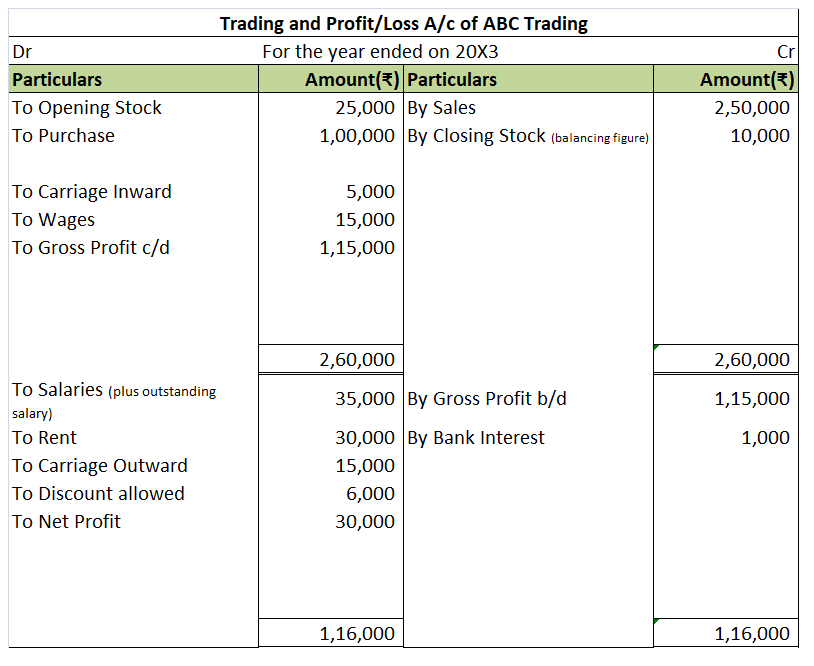
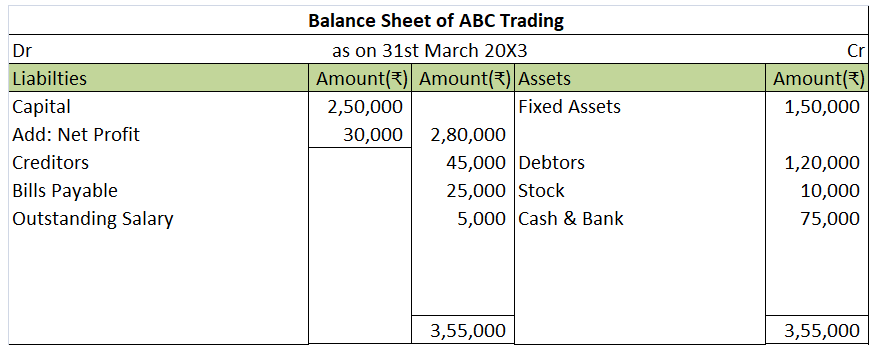



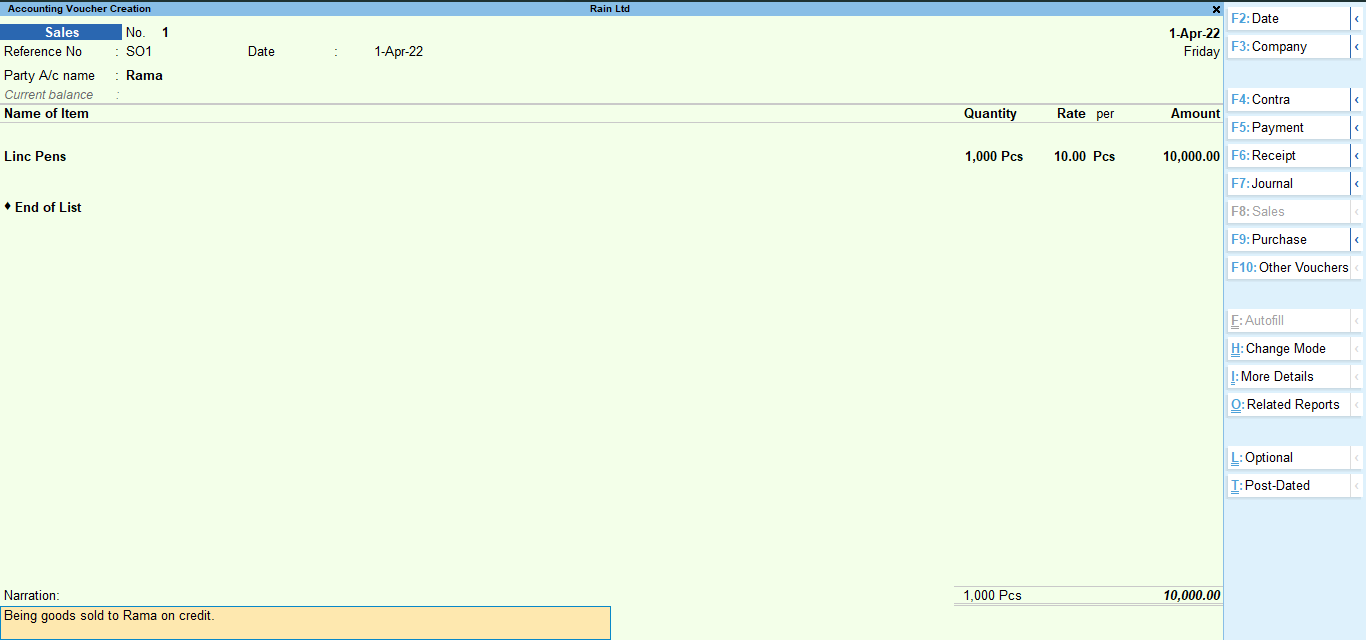

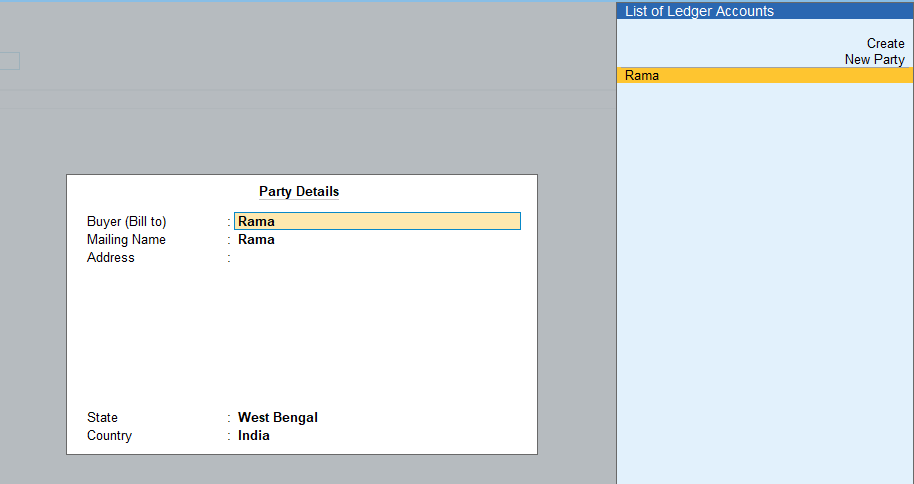
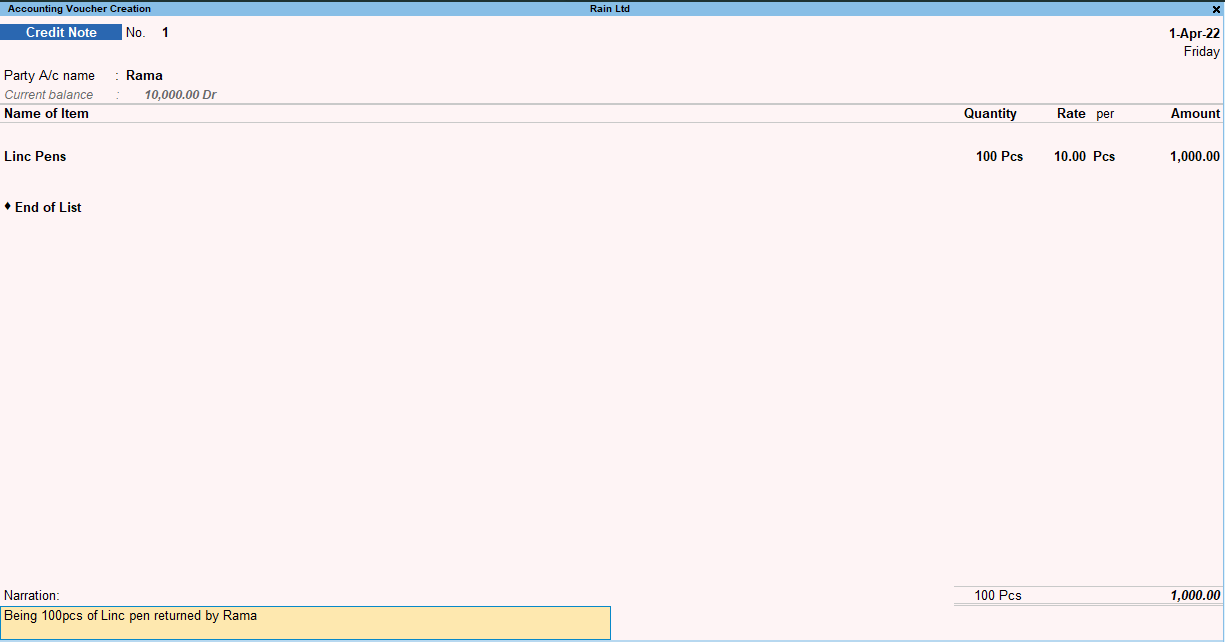
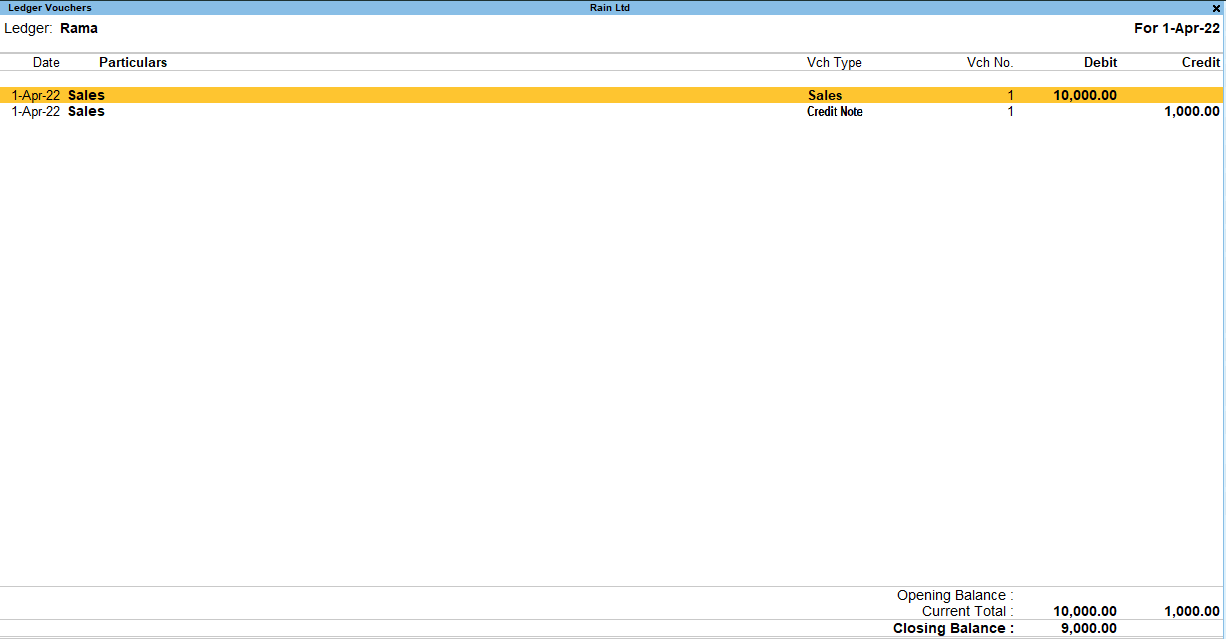
Prepaid expenses are those expenses that have not been expired yet but their payment has already made in advance. There are many examples of prepaid expenses such as rent paid in advance, interest paid in advance, unexpired insurance You might be wondering what kind of account it is? As the name sugRead more
Prepaid expenses are those expenses that have not been expired yet but their payment has already made in advance. There are many examples of prepaid expenses such as rent paid in advance, interest paid in advance, unexpired insurance
You might be wondering what kind of account it is? As the name suggests it should be an expense but actually it’s an asset. When we initially record prepaid expenses we consider them as current assets and show them in the balance sheet. It turns out to be an expense when we use the service/item for what we have paid for in advance.
The entry for the above explanation is as follows:
From the modern rule, we know Assets and expenses increased are debits while decrease in assets and expenses are credit.
As this is asset, increase in asset therefore we debit prepaid expense and on the other hand we pay cash/ bank on behalf of that asset in advance hence there is decrease in assets hence credited. The entry will be as follows:
when this prepaid expense actually becomes expense we pass the adjusting entry. The entry will be as follows:
Let me give you simple example of the above entry.
Suppose you pay advance rent of Rs 9,000 for six months for the space you haven’t used yet. So you need to record this as prepaid expense and show it on the asset side of the balance sheet under current assets. Since you paid for the same the entry would be as follows:
As each month passes we will adjust the rent with prepaid rent account. Since the rent was advanced for 6 months, therefore (9,000/6) Rs 1500 will be adjusted each month with the rent expense account. The adjustment entry will be:
The process is repeated until the rent is used and asset account becomes nil.
See less